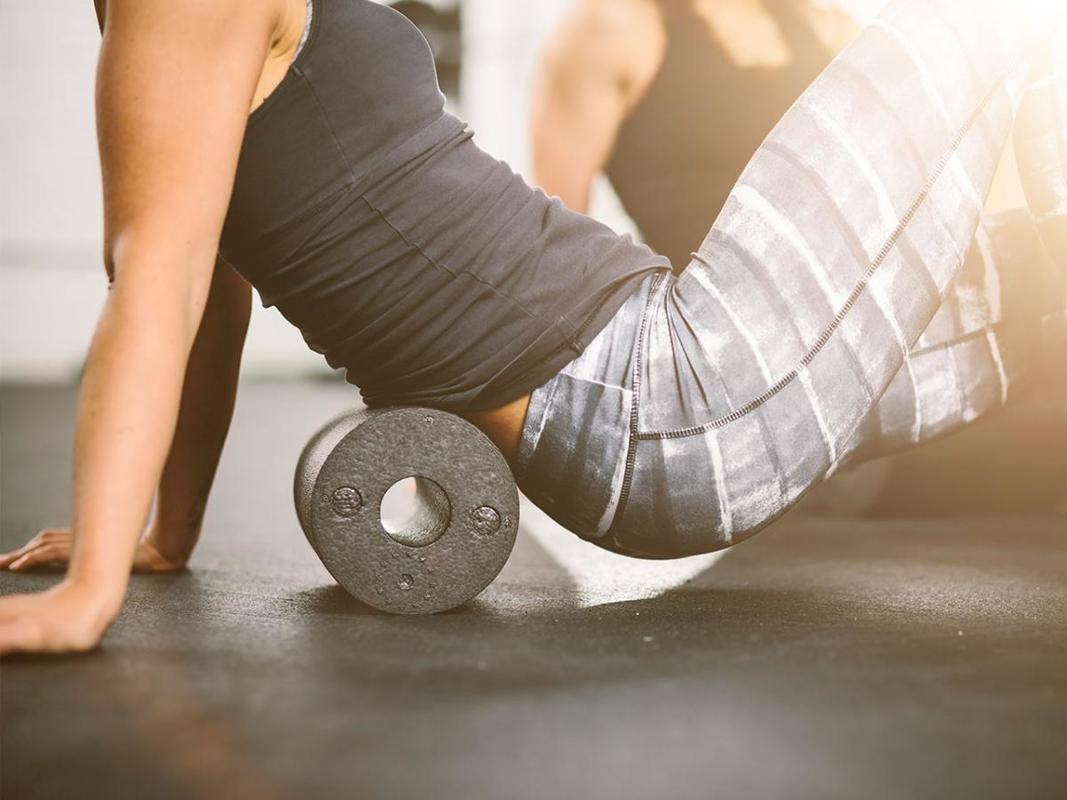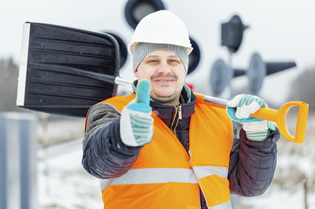Unfortunately, incorrect use of your foam roller can actually cause tissue damage, which is why you need to be wary of the five following rolling mistakes people commonly make, as well as how to avoid them yourself.
Rolling with Bad Posture
Contorting the spine is one of the most unsafe errors that people tend to overlook during their foam rolling routine. In many of these positions, you are holding up your frame using your arms alone, and by ignoring your posture and core support during these actions, you could be setting up an injury rather than reaping any health improvements.
Open communication with a chiropractor or personal trainer should help you refine your technique of a neutral spine alignment. Alternatively, you could set up a camera or ask a friend to film you whilst you complete a session, and then analyze your approach afterwards, keeping a watchful eye on sagging hips or an unnaturally curved back.
Rolling Your Lower Back
No matter how pleasant it feels, there is never any reason to foam roll your lower back. This specific area is designed to provide a steady core, and the placement of unnecessary pressure upon the region will cause your muscles to contract as a defense mechanism to protect the spine.
Instead, use the foam roller freely on your upper back (down to the end of your ribcage), as this area has plenty of muscle which surrounds the spine, and that keeps it safe and cared for. You can also try targeting locations around your lower back (such as the glutes or quads) as a much safer release to any stiffness in this general region. The most important part of rolling is to figure out exactly what it is you’re trying to achieve, and then researching how to do it properly, rather than haphazardly acting towards any vague objective.
Rolling Too Fast or for Too Long
Very often, people skip all the benefits of massage rollers by favoring the sensations, rolling at high speeds or for a far lengthier amount time than recommended. It takes a while for your brain to send the relaxation signal to your muscles, so don’t hurry your movements. However, on that note, if you’re rolling for longer than 20 minutes just to access any relief, you may have a more serious underlying problem, and should seek medical attention.
Your best bet is to slow down, locating the more sensitive areas, and concentrating on short, drawn out rolls over those specific points. You should also limit each muscle group to a maximum of 90 seconds per cycle, stretch in between the rolls, and then repeat up to three times. As always, rather underwork than overwork, and speak to your chiropractor if you have any doubts.
Rolling Directly on Painful Areas or Injuries
The compulsion to fixate on a painful area is a natural reaction, but many experts agree that this is not the way to go about it. As a rule, always remember that rolling on inflammation can cause further inflammation. This advice applies even more critically to any recent injuries, as you can exaggerate the already aggravated tissue and hamper the body’s ability to repair itself.
A painful spot is a warning cry to stay away, and so keep those rollers a few inches distance from any sensitive muscles, working on the surrounding connected groups instead. And never rely on your foamy friend to be the exclusive hero of your recovery, as more severe injuries will necessitate additional care, often by a professional.
Using the Incorrect Foam Roller
Finally, it is worth noting that your foam roller itself can be cause problems. A big mistake many newcomers to the rolling world make, is selecting an unreasonably hard and textured product to loosen their tissue, when it could actually have the complete opposite result. The firmer the foam, the more compression on your muscles, and if you’re not used to it, this can lead to pain and even bruising.
If you’re just starting out, a more cushioned, even-surfaced foam roller will be a much safer choice, and you can gradually work your way up the firmness scale without any worries or stress.
Author:
Nurse Susan has always been passionate about helping people heal. After she retired from a lifelong career as a nurse, that passion didn’t go away. She loves to use her expertise to write about the best ways to keep you and your family healthy, active, and happy.







 RSS Feed
RSS Feed